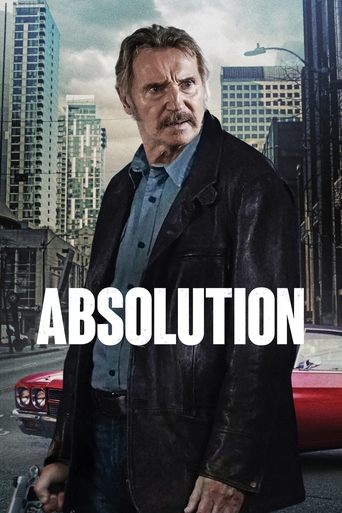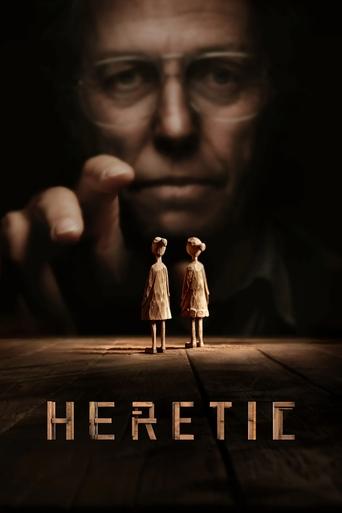List server

Painting in Object
The emergence of a "real" three dimensional object from its two-dimensional appearances is the subject of Painting in Object. The film is in negative and begins with a totally white screen. Haxton enters the frame and paints a large black square about person-height parallel to the frame: at first it looks as if he is painting on a flat piece of paper or on a wall, although it is hard to understand how the painting is perfectly done. He walks through the square to the back and "disappears", the lighting of the square is from the side so that it illuminates only a narrow slice of space. He then comes back into view from behind the square and paints in diagonal lines from the corners, the beginnings of perspective, stilI very flat, as if perspectival illusion. He disappears through the square into whiteness again and turns the square around so that the painted part vanishes, one sees that it is the frame of a wooden cube.

















